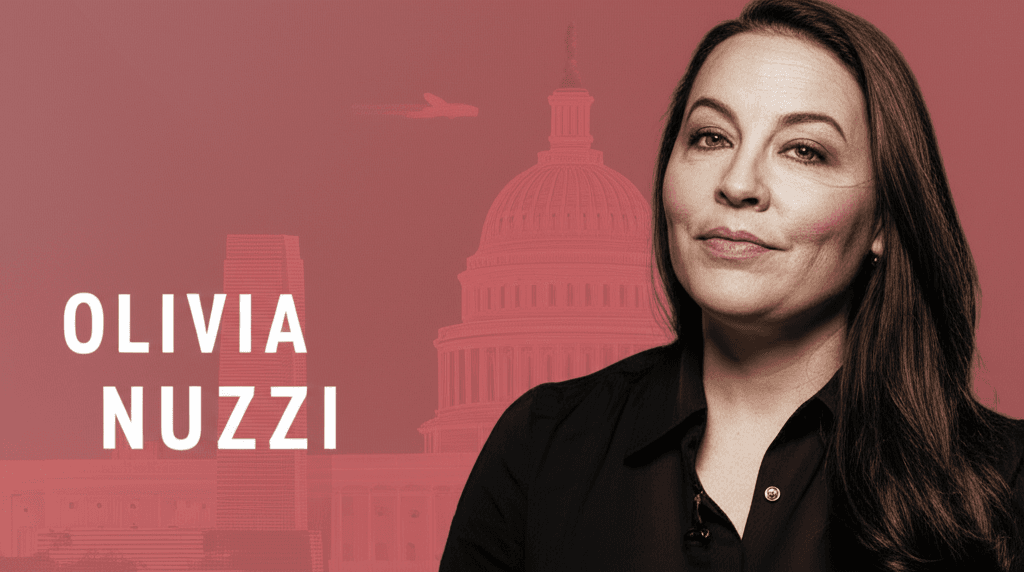National Mediation Campaign Extended to September 30: A Deep Dive into India's Bid for Swifter Justice
India's national mediation campaign for civil cases has been extended until September 30, a pivotal move aimed at significantly reducing the overwhelming backlog plaguing the judicial system. This extension underscores the critical role of alternative dispute resolution in fostering a more accessible and efficient legal landscape for citizens nationwide.

The Persistent Challenge of Pending Cases
For decades, the Indian judicial system has grappled with an immense challenge: the staggering volume of pending civil cases. This backlog isn't just a statistic; it represents real people caught in legal limbo, facing emotional stress, financial drain, and a profound sense of delayed justice. From property disputes and contractual disagreements to family matters, the sheer number of unresolved cases creates a bottleneck that slows down the entire system, impacting everything from individual livelihoods to the nation's economic progress.
Consider the ripple effects. Businesses hesitate to invest when legal recourse is slow and uncertain. Families are torn apart by prolonged divorce proceedings or inheritance battles. Individuals, particularly those with limited resources, often find themselves overwhelmed by the sheer time and cost involved in traditional litigation. This situation not only erodes public trust in the judiciary but also poses a significant barrier to the fundamental right to timely justice.
The reasons behind this extensive backlog are multifaceted: a shortage of judicial officers, complex procedural laws, frequent adjournments, and a general preference for adversarial litigation over amicable settlements. While the judiciary has made efforts to streamline processes and introduce technology, the scale of the problem necessitates more innovative and widespread solutions. This is where alternative dispute resolution (ADR), particularly mediation, steps in as a powerful and pragmatic tool.
Mediation: A Path to Amicable Resolution
Mediation, at its core, is a voluntary process where a neutral third party, the mediator, facilitates communication and negotiation between disputing parties to help them reach a mutually acceptable agreement. Unlike arbitration, where an arbitrator makes a binding decision, a mediator does not impose a solution. Instead, they guide the parties through a structured discussion, helping them explore interests, identify common ground, and craft their own solutions.
Key Advantages of Mediation:
- Speed and Efficiency: Litigation can take years, even decades, to reach a final verdict. Mediation, in contrast, can often resolve disputes in a matter of days or weeks, offering a significantly faster path to closure.
- Cost-Effectiveness: The financial burden of traditional court proceedings, including lawyer fees, court fees, and lost productivity, can be substantial. Mediation typically involves lower costs, making justice more accessible, especially for middle- and lower-income groups.
- Confidentiality: Unlike public court proceedings, mediation sessions are private and confidential. This aspect is particularly appealing for sensitive family matters or proprietary business disputes, protecting reputations and privacy.
- Preservation of Relationships: Litigation is inherently adversarial, often exacerbating animosity between parties. Mediation, by encouraging cooperation and understanding, helps preserve relationships, which is crucial in family, neighborhood, or long-term business relationships.
- Party Autonomy and Control: In a courtroom, a judge makes the final decision. In mediation, the parties themselves retain control over the outcome. This empowerment often leads to more sustainable and satisfying solutions because they are self-determined rather than imposed.
- Flexibility: Mediation processes can be tailored to the specific needs of the parties and the nature of the dispute, allowing for creative solutions that a court might not be able to order.
It's this blend of efficiency, cost-effectiveness, and relationship preservation that makes mediation an increasingly attractive option for a wide array of civil disputes, including property, matrimonial, commercial, consumer, and even certain employer-employee conflicts.
The National Mediation Campaign: A Strategic Imperative
Recognizing the immense potential of mediation to unclog the judicial arteries, the national mediation campaign was launched as a focused, time-bound initiative. The primary objective was clear: to significantly reduce the pendency of civil cases by actively promoting and facilitating mediation as the preferred mode of dispute resolution. This isn't merely about clearing backlogs; it's about reshaping the legal landscape to be more responsive, efficient, and user-friendly.
The campaign has involved a concerted effort from various stakeholders, including judicial authorities, legal services authorities, bar councils, and trained mediators across the country. Special mediation camps, awareness programs, and dedicated mediation desks have been set up to encourage litigants to opt for this alternative route. The emphasis is on identifying suitable cases for mediation early in the litigation process, thereby preventing them from adding to the existing burden.
The extension of this campaign until September 30 is a strong indicator of its initial success and the judiciary's commitment to seeing it through. It suggests that the response has been encouraging, with a notable number of cases being referred to and resolved through mediation. The extension provides crucial additional time to reach a broader segment of the population and to tackle a larger chunk of the pending cases, especially as awareness grows and more litigants become comfortable with the mediation process.
“The extension of the national mediation campaign is a testament to the judiciary’s proactive approach in addressing the issue of pendency. It reflects a growing recognition of mediation as not just an alternative, but an essential component of a robust justice delivery system. Our goal is to institutionalize this mechanism, ensuring that amicable resolution becomes the first port of call for civil disputes, rather than a last resort,” stated a senior judicial official recently, highlighting the long-term vision behind such initiatives.
Navigating the Hurdles and Embracing Technology
While the campaign holds immense promise, it's not without its challenges. A significant hurdle remains the public's general lack of awareness about mediation and its benefits. Many litigants, accustomed to the traditional adversarial system, are hesitant to explore alternative pathways. There's a need for sustained and widespread public education campaigns to demystify mediation and build trust in its efficacy.
Another area requiring continuous attention is the training and accreditation of mediators. Ensuring a pool of highly skilled, ethical, and impartial mediators is paramount to the success of any mediation initiative. Quality control and standardized practices will be crucial in maintaining the integrity and effectiveness of the process.
However, technology is emerging as a powerful ally in overcoming some of these challenges, especially in a country like India that has seen a massive digital revolution. Online Dispute Resolution (ODR) platforms, for instance, can greatly enhance accessibility, allowing parties to participate in mediation sessions from anywhere, reducing travel time and costs. This digital integration can also facilitate better case management and data collection, providing insights into the types of disputes most amenable to mediation and tracking the campaign's progress more effectively.
A Glimpse into the Future of Justice Delivery
The continuation of the national mediation campaign until September 30 is more than just an extension; it's a strategic investment in the future of India's justice system. It signals a shift from a purely adversarial model to one that embraces collaborative problem-solving and empowers citizens to take an active role in resolving their disputes.
What happens after September 30? The hope is that this campaign will lay the groundwork for mediation to become an integrated and routine part of the civil justice process. This could involve making pre-litigation mediation mandatory for certain types of cases, strengthening institutional mediation centers, and incorporating mediation training more deeply into legal education. The long-term vision is to foster a culture of amicable settlement, where disputes are resolved efficiently and equitably, outside the often-protracted and resource-intensive courtroom battle.
For citizens, this means a tangible opportunity to resolve their legal disputes faster, with less stress, and at a lower cost. It’s an invitation to engage with a justice system that is evolving to be more empathetic and responsive to their needs. As we move closer to the September 30 deadline, the success of this extended campaign will be closely watched, not just for the numbers of cases resolved, but for its potential to redefine how justice is accessed and delivered across the nation.
To stay updated on legal reforms and other pressing national topics, keep an eye on our blog, where we regularly cover significant developments.
Comments
Loading comments...
Related Articles

Olivia Nuzzi's 'American Canto': A Deep Dive into Her Highly Anticipated New Book
Political journalist Olivia Nuzzi is set to captivate readers with her new book, 'American Canto,' promising an unfiltered, deeply immersive journey into the heart of contemporary American politics. This article explores Nuzzi's distinctive voice, her career trajectory, and the profound themes readers can expect from her latest literary endeavor.